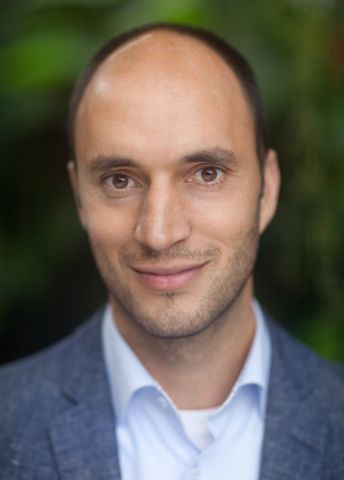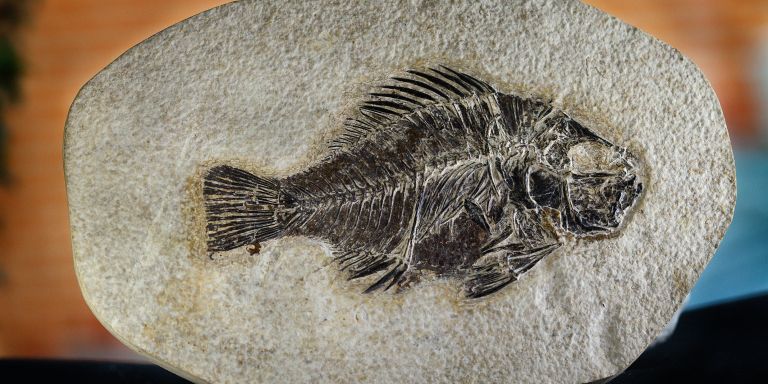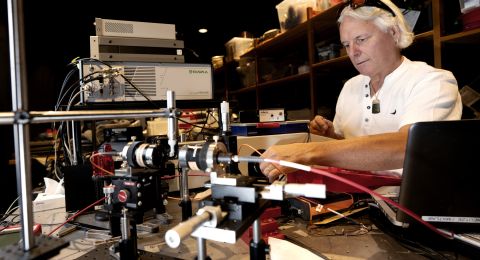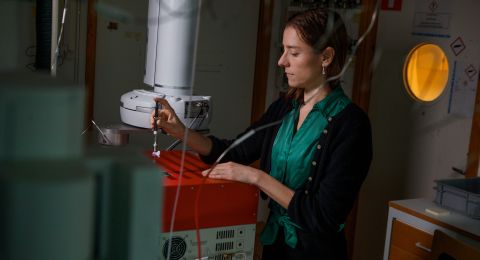Global biodiversity is declining, due in no small part to an ever-warmer climate. But not all species are equally sensitive. Wallenberg Academy Fellow Alexandre Antonelli is mapping winners and losers in previous climate changes. The aim is to find clues about which species are currently most in need of protection.
Alexandre Antonelli
Professor of Systematics and Biodiversity
Wallenberg Academy Fellow 2014
Institution:
University of Gothenburg
Research field:
The impact of climate change on biodiversity
Fifty-six million years ago the Earth’s climate underwent a rapid change. Levels of carbon dioxide in the atmosphere increased dramatically, and the temperature rose by about five degrees. “Rapid change” means 10,000 years. Current global warming is happening at least ten times faster.
“Human impact can be likened to the impact of a meteorite,” says Alexandre Antonelli, who researches at University of Gothenburg’s Department of Biological and Environmental Sciences.
Species have always died out, and there have been several mass extinctions. Alexandre and his team are now mapping how biodiversity has changed in different places at different times. They are following two lines of research: analyzing fossils and DNA. Both provide important information, and both have drawbacks.
“It is fantastic to receive the recognition that becoming a Wallenberg Academy Fellow implies, as much for my discipline as for me personally. My dream is for biodiversity to be on everyone’s lips – because we really can make a difference. The award gives me the funding and the tools both to address fundamental biological issues, and to increase awareness in society at large.”
Hard to define fossil species
Throughout the world there are some five million fossils gathered in digital records. They can be grouped in different ways: according to where they were found, their appearance or which ecosystem they represent. The researchers are studying each group separately, and are trying to ascertain the impact of a warmer climate on biodiversity on each group. Which species suffered and which benefited? But one factor to consider is the relationship between fossil and living species.
“Among living organisms a species is defined as ‘individuals that can interbreed and produce fertile offspring’. But this is something we cannot know about fossils. We have no idea whether a fossil species represents ten biological species or a hundred or a thousand,” Alexandre explains.
Moreover, not all living things leave clear fossils. For instance, researchers have myriad examples of fossil sharks, but very few jellyfish.
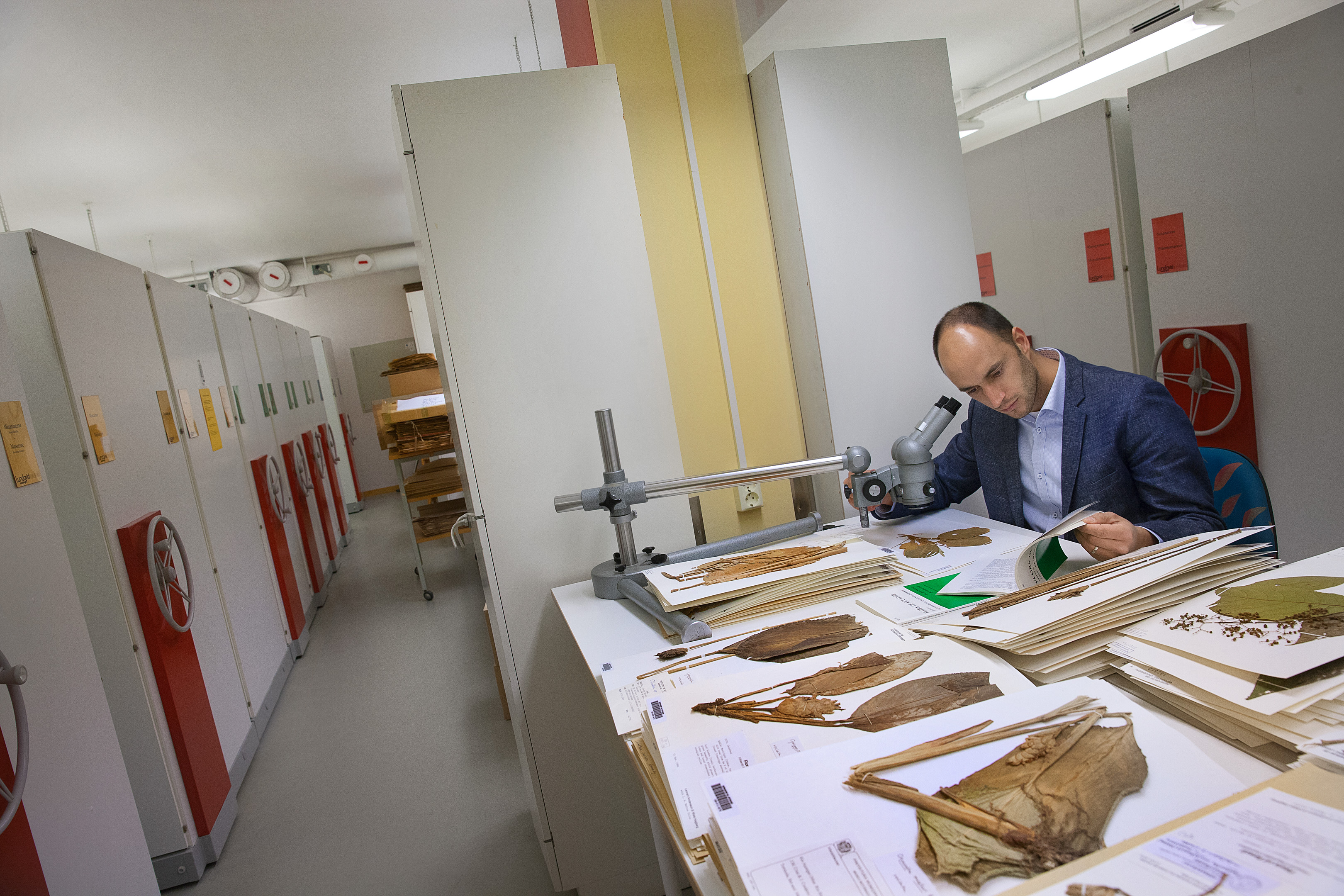
DNA from only a tiny fraction of all species
DNA from living species provides scientists with a wealth of detailed information. Alexandre is building “family trees”, illustrating how closely related various species are. The greater the differences in DNA, the more time has elapsed since two species diverged from a common ancestor.
Over the past twenty years evolutionary biologists have devoted more attention to mapping DNA than studying fossils, but a sea change is under way. One reason is that species currently alive constitute such a small proportion of all life that has existed on Earth. Some 99.99 percent of all species are already extinct.
“To truly understand how biodiversity responds to climate change we must consider the species no longer with us,” Alexandre comments.
His research team is integrating the different types of data. It is not easy, but promising progress has been made, and Alexandre is sure their findings are important.
Field studies generate new ideas
He also thinks that fieldwork is important. So his team often travels to places such as the Amazon, where they work with local communities and biologists. The trips are time-consuming, but they improve the team’s understanding of biological systems, as well as providing high-quality samples they can study back in Sweden.
“I get my best ideas out in the field. There I have understood patterns that I would never have been able to see by staring at a computer screen.”
Alexandre’s travels have also enabled him to establish a network of researchers in Latin America. He gives lectures and runs workshops on the spot, and invites PhD students to spend time in Gothenburg so they can learn new methods. This enables them to establish local resources when they return home, while also making it easier for Alexandre and his colleagues to bring about collaboration and obtain collection permits.
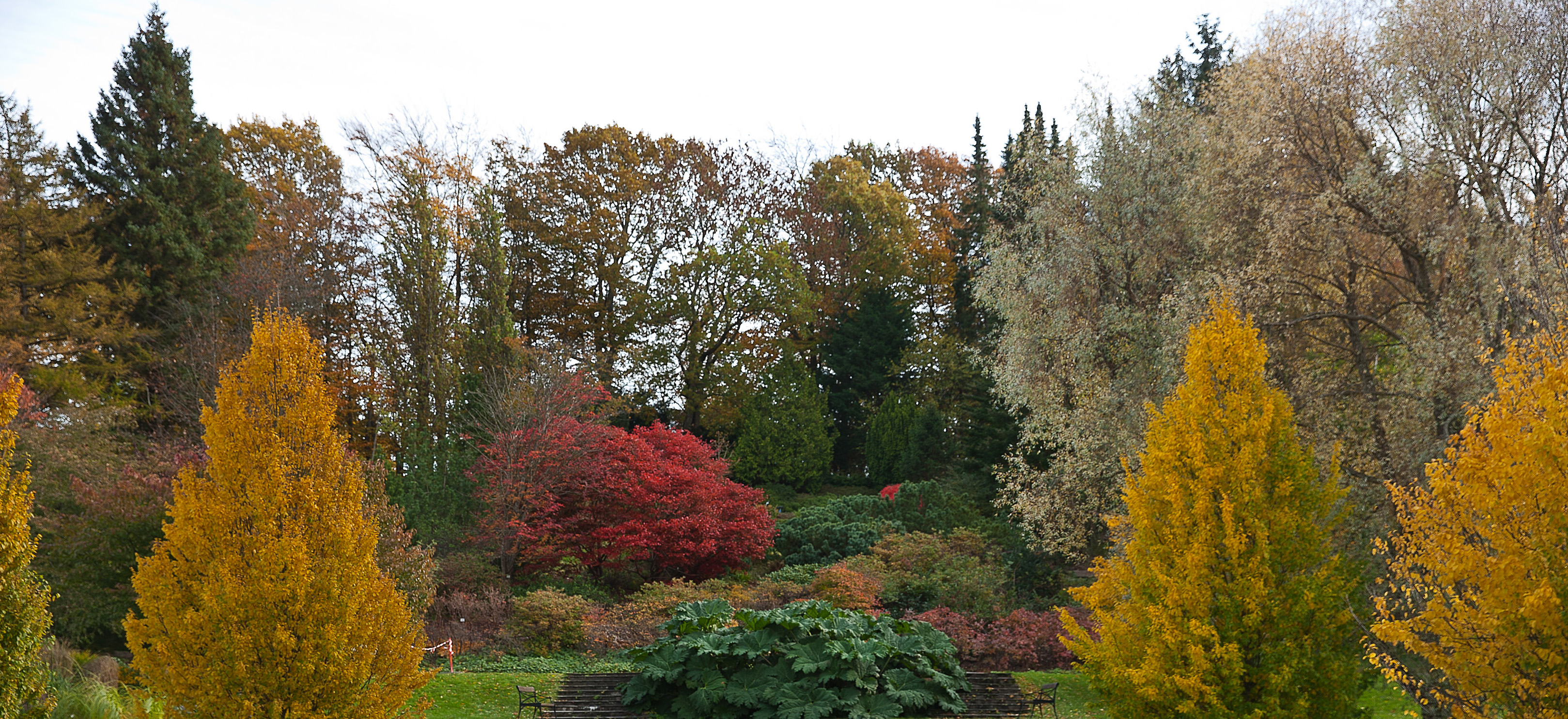
We need new time perspectives on biodiversity
Alexandre grew up in Brazil and was fascinated by the rainforest. So he began studying biology and botany. When he worked as a volunteer with a research team surveying plant species on mountain tops he realized it was possible to have fun and make a living at the same time.
“My job is my hobby, or vice versa. It’s fantastic.”
Alexandre is engaged in basic research. The knowledge he is accumulating could well be of practical importance, but it is far from simple to draw conclusions from historical data about how we should act right now. His view is that the most important learning may be that evolutionary biology teaches people something about time scales.
“Politicians and environmental organizations have a perspective of perhaps fifty or a hundred years, but we need to conserve biodiversity for hundreds of thousands of years. To protect something for a really long time it is not enough to save a few nature reserves. The surrounding areas must also be protected so that species can move around, for example upwards or downwards in a mountainous area, as the climate changes. When climate change occurs, a species has only three ways it can go: it adapts, it moves or it dies out.”
Text Lisa Kirsebom
Translation Maxwell Arding
Photo Magnus Bergström
